
Miata-based Swift by Simpson Design
Story by Steve Temple
Photos by Chuck Simpson
Over the years, Lotus has earned an illustrious reputation in the world of sports and racing cars, but there is one car in particular that is much less well-known: the Giovanni Michelotti-designed Lotus 11 that was ultimately built by Ghia-Aigle of Switzerland. During the 1950s, this company created a number of classic European sports cars, and in 1956, it purchased a Lotus 11 Le Mans chassis and transformed it into a civilized road car as a styling exercise. This svelte, elegant design commanded attention at both the 1957 and 1958 Geneva Motor Shows as a roadster and was later converted into a coupe.
Jim Simpson of Simpson Design has been an enthusiastic fan of this rare bird, so much so that about four years ago, he decided to scratch-build a 1/24-scale model of the car for his model collection (numbering in the thousands). One thing led to another, and Jim was soon designing a running car inspired by the Ghia Lotus, called the Swift.
“In making the model, I rediscovered my fascination for that original design,” Jim relates. After posting some photos of it on Facebook, “A friend of mine who does 3D programing, Dan Palatnik, saw those images and offered to do a virtual rendering of the car, should I get serious about building one.”
On a lark, Jim sent some pictures to one of his overseas clients, who then asked without hesitation if Simpson Design could build him one. A few emails back and forth later, and the project got underway.
Jim first sent the scale model down to Dan in Brazil, who immediately set about creating preliminary renderings. Modifying a bit along the edges gave the concept a unique flavor and brought the project beyond an exact replica. With the alterations approved, the next step was for Dan to make a 3D station buck model. Then Jim’s friend Raffi Minassian (an accomplished automotive designer and industrial arts professor in San Francisco) took Dan’s 3D renderings and had a 1/5 version of the station buck laser-cut in wood.
Raffi and Jim spent a day assembling the 1/5-scale model and determined that it would indeed work scaled all the way up. They got together again afterward and assembled a full-size, water-jet cut plywood buck, also created from Dan’s 3D mock-ups.
After some trial and error, they decided to skin the computer-generated buck in steel. While Jim has typically relied on all-analog, traditional methods, building a classically styled body using a more high-tech process had an interesting but rewarding learning curve.
“The hybrid of traditional and modern techniques meant the body came together much more quickly and cohesively than many past projects, without compromising on the finish,” Jim notes.
He then shipped the steel-skinned, full-sized buck to a seasoned colleague, Sunbacker Fiberglass in Monroe, Washington. The company soon produced working tooling for Jim to lay up the composite body and interior tub for the final car.
While the body got squared away, Jim scratch-built a chassis in mild steel, designed to use the subframes and driveline from a second-generation Mazda Miata. The wheelbase was shortened by 2 inches to create a compact 88-inch-wheelbase platform. He then took the completed chassis over to Sunbacker and fitted it under the body. The excitement finally starting to sink in when he brought the lot back to the shop. What was once a collection of wood and steel prototyping tools was evolving into something that actually looked and felt like a real car.
Around this time, Jim set out to choose a name and settled on Swift, after the small, nimble bird of prey. The obvious double meaning of quick-footed speed would surely be appropriate for a light-footed little car.
The windshield selected for the project is from a ’58 to ’62 Corvette. Just a quarter-inch too large, it was fitted into a trough below the cowl with some help from Sunbacker. Moving on with more parts development, Jim created a dashboard and engine compartment side panels in steel, following his traditional process without digital tools or 3D renderings. Again, the Sunbacker crew capably reproduced these steel forms in fiberglass. Ditto for the doors, hood and trunk lid inner, along with molds for inner parts. Mazda Miata hood hinges and door hinges, among some other items, were modified to work with the all-composite custom parts.
Since the Swift is a roofless, ruthless driving machine, all modern comforts, such as the radio and air conditioning and their extraneous wires, were considered dead weight and hence removed. Any unnecessary device was stripped out to keep the weight down and the driving experience as pure as possible.
As for the rims, “I wanted the wire wheels as a period nod to the Lotus street cars of the day,” Jim notes. “After purchasing numerous Dunlop wire wheel hubs, I finally arrived at one we could lightly machine to give the car that distinctive vintage British look.”
One more item that was needed for a car with such classic lines was a distinctive badge. Jim’s son Chuck Simpson designed and illustrated emblems made from chromed steel with cloisonné. This traditional process goes back hundreds of years, where colored enamel glass is melted into carved-out metal reliefs to create a highly durable, vibrant image with many small details. And on the trunk, Chuck hand-lettered a chromed Swift script, inspired by the stylish lettering found on a vintage Morgan.
Using the front and rear second-gen Miata subframes ensured proven suspension geometry, while the car has tremendously reliable mechanicals under the hood. That includes the 140 hp MX-5 engine (nearly 100 more horses than produced by the original Ghia’s 1,098 cc lump), plus the Miata’s gearbox, instrumentation and a modified ladder bar linking the transmission to the limited slip differential. A larger-than-stock, custom-made aluminum radiator provides engine cooling using a single, thermostatically operated, electric cooling fan.
Originally designed as a true roadster to deliver the purest experience of classic unencumbered driving, the Swift has no roof and no top of any kind. Although Jim did design a full tonneau cover that can be fully covered for storage or unzipped down the middle for solo driving. The Swift weighs in right at around 1,400 pounds, which is not much more than the 1,258 pounds of the original. Jim affectionately refers to it as a sports racer for the street — with no heater, no power steering, no air conditioning, no top — basically no frills whatsoever.
All this weight saving means the car truly lives up to its name; the Swift is swift. Its power-to-weight ratio clocks in at 1:10, and its 0-60 mph time is incredibly snappy in the mid-three-second range, Jim says. A joy to drive, it turns heads and gets wonderful reactions from people everywhere it’s been seen.
While this first one will head to the country of Qatar in the Middle East, Jim is completing a second one for his personal use. “We may not build many,” Jim admits, “but each of these rare birds will be every bit as unique and special as the individual who drives it.”

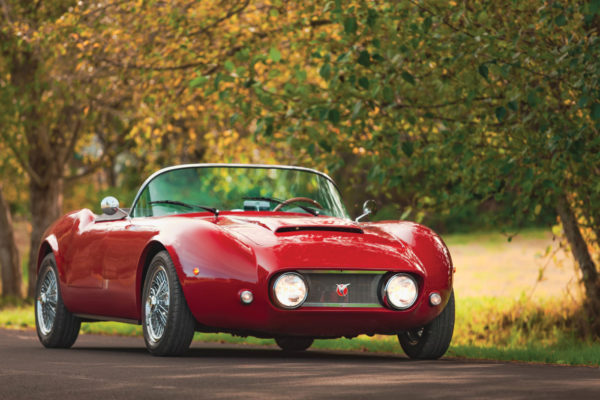
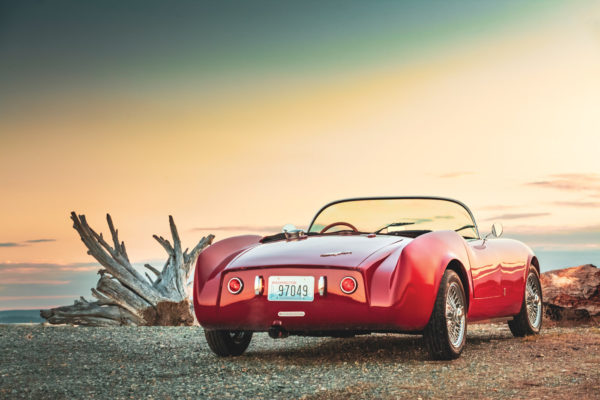
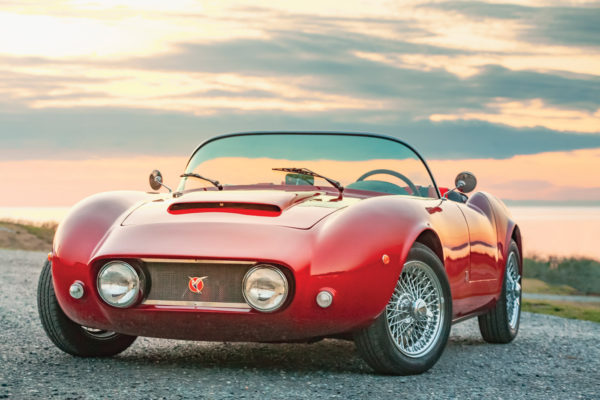
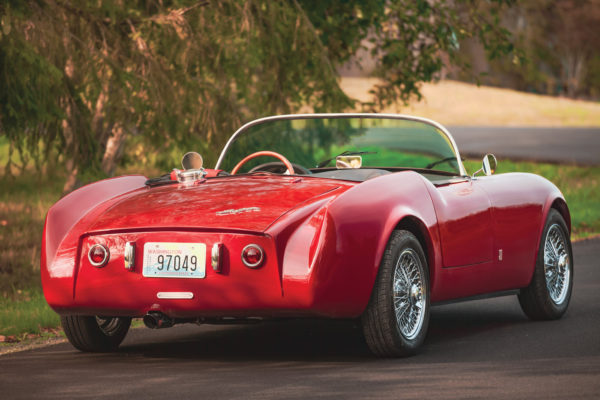
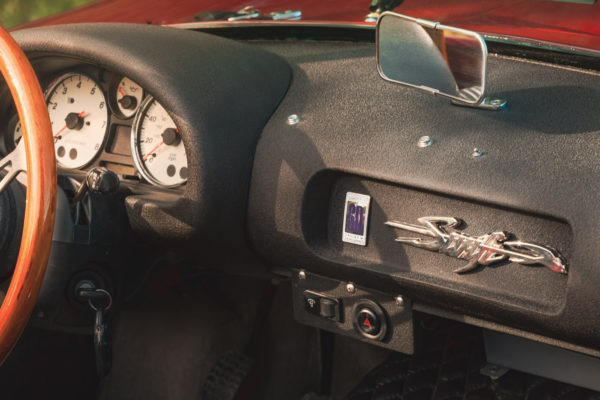
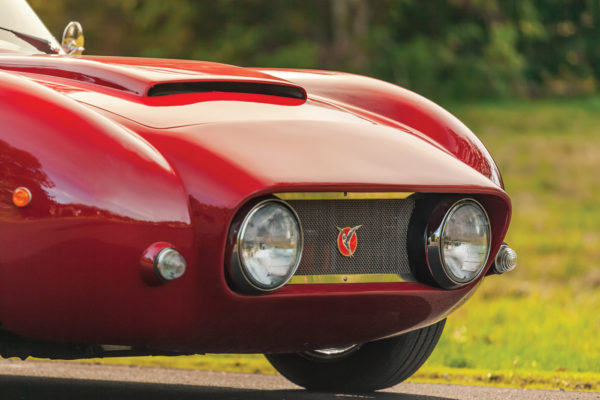
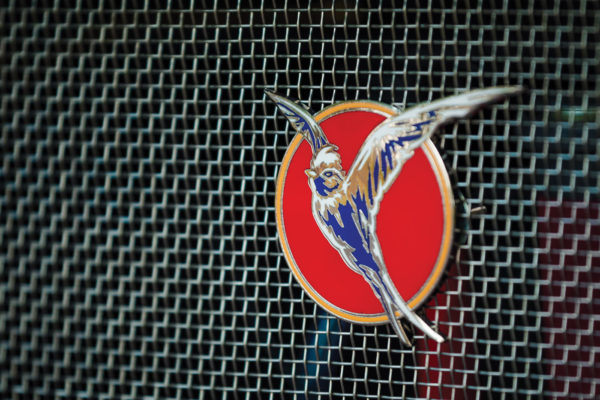
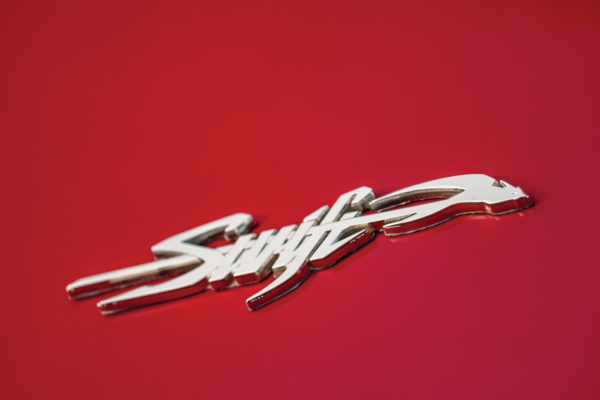
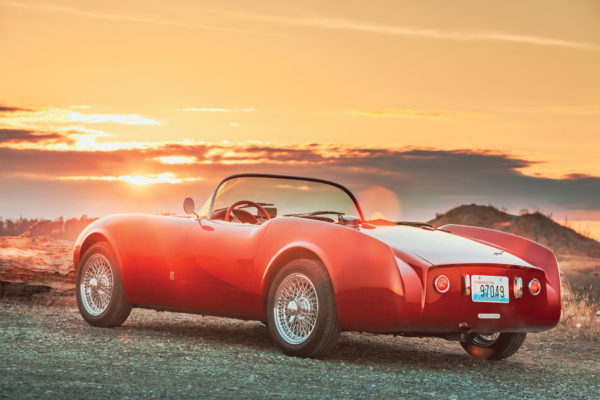
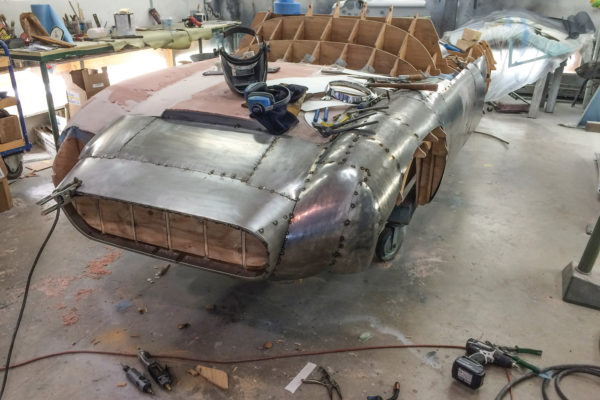

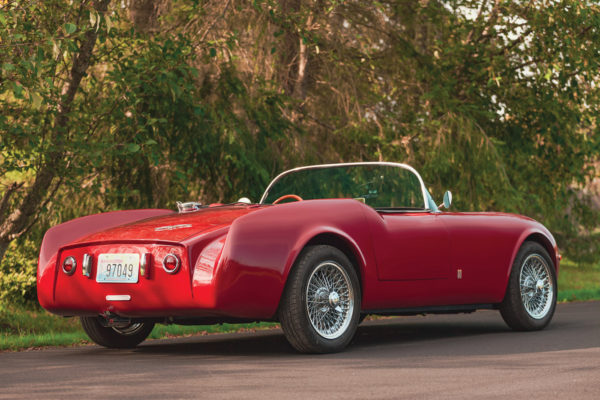
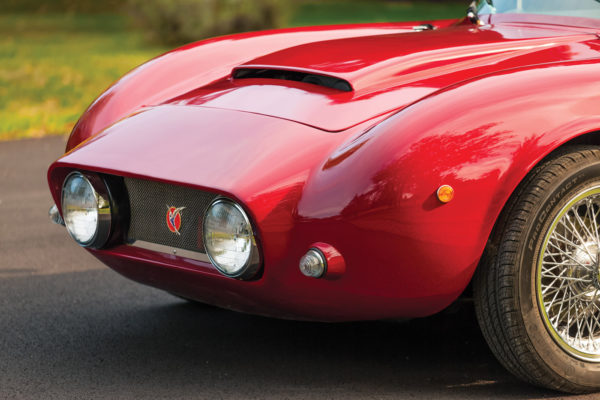

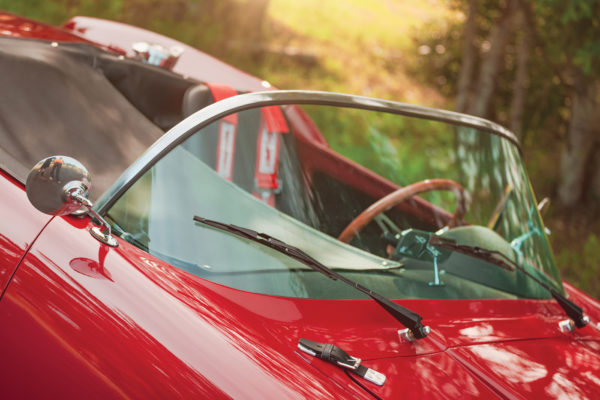
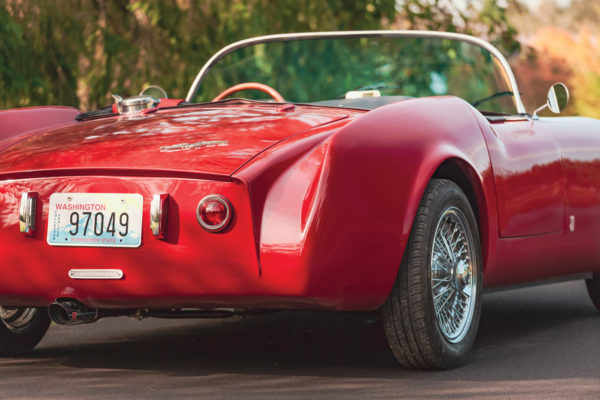
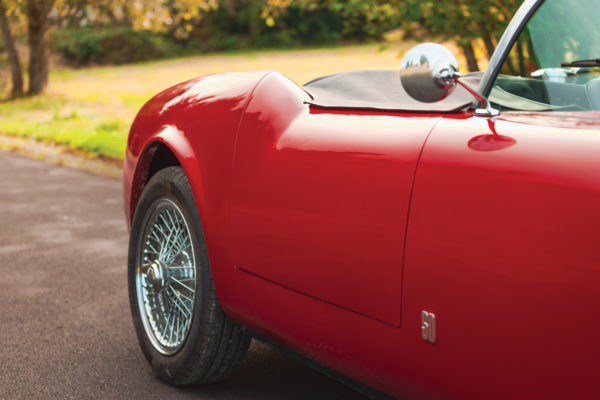
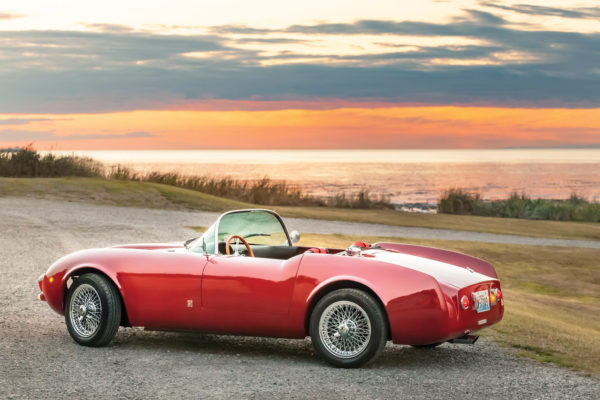
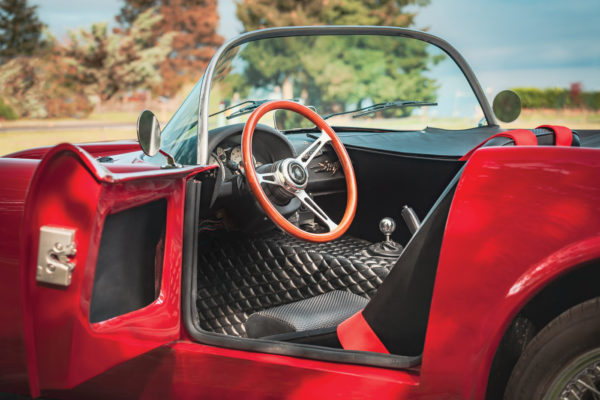
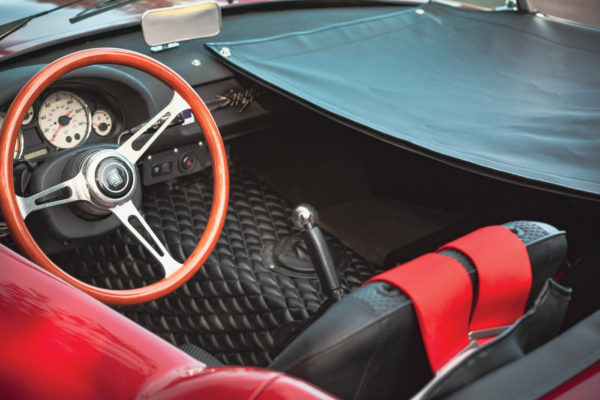
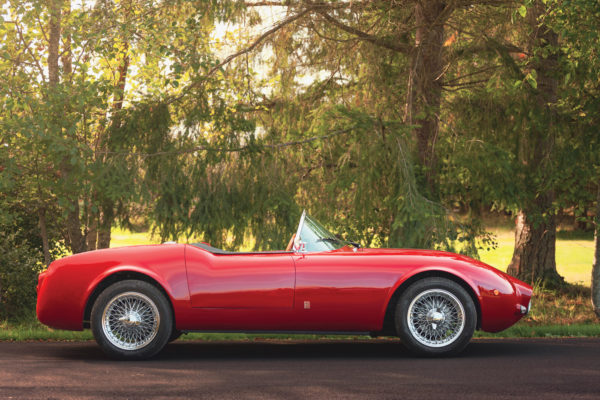
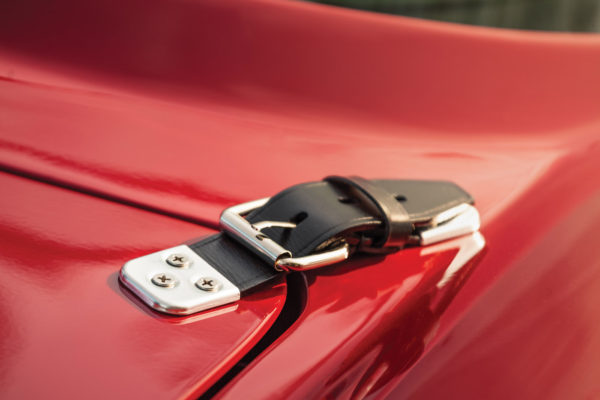
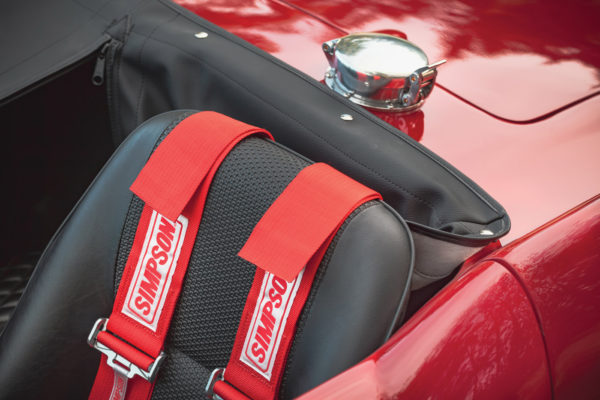
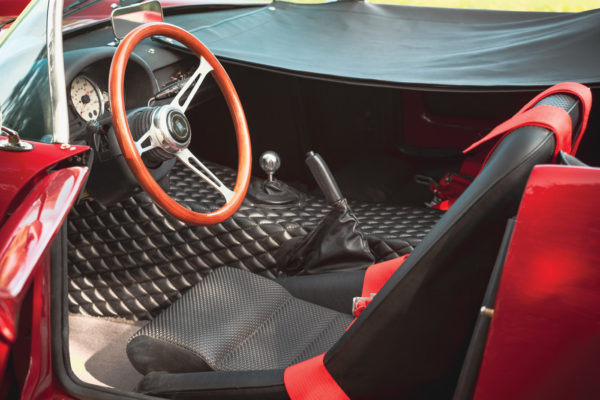
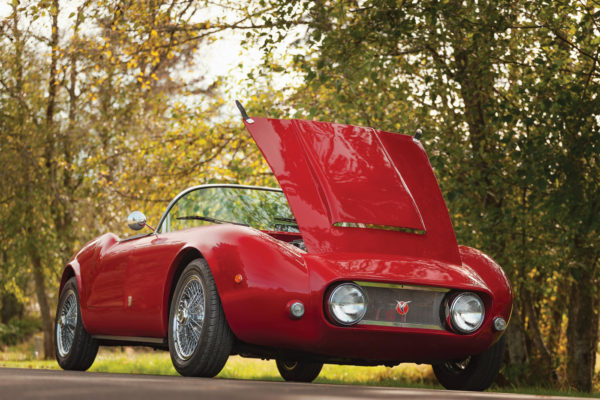
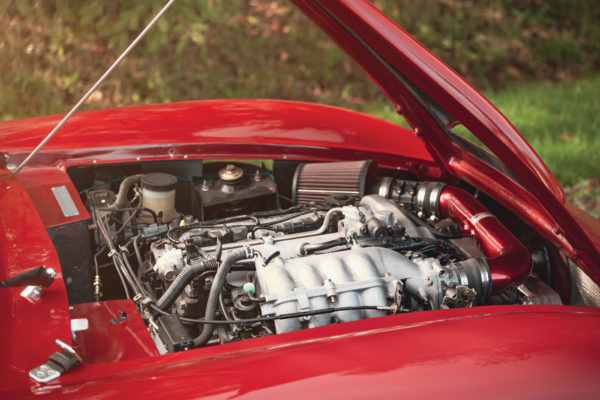
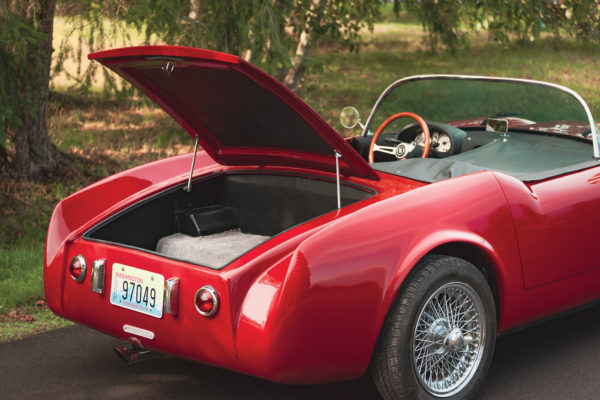
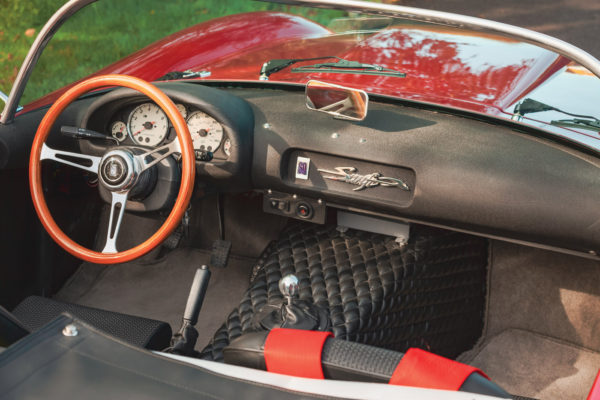
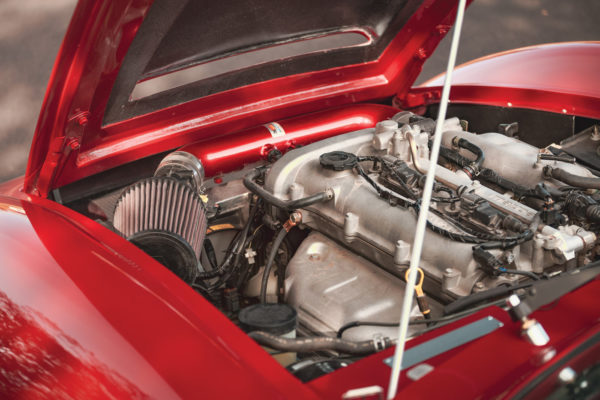
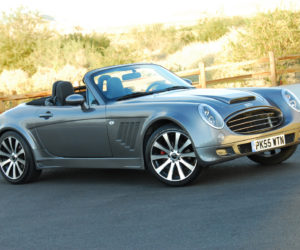
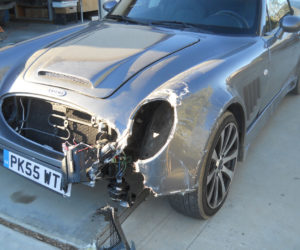
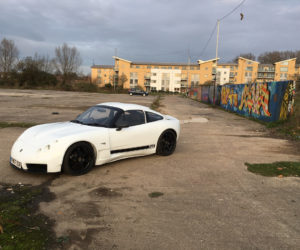
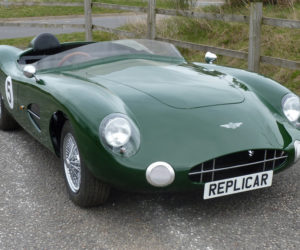
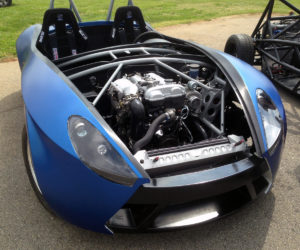
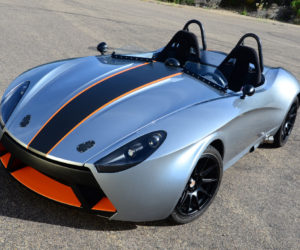




Comments for: Rare Bird
comments powered by Disqus